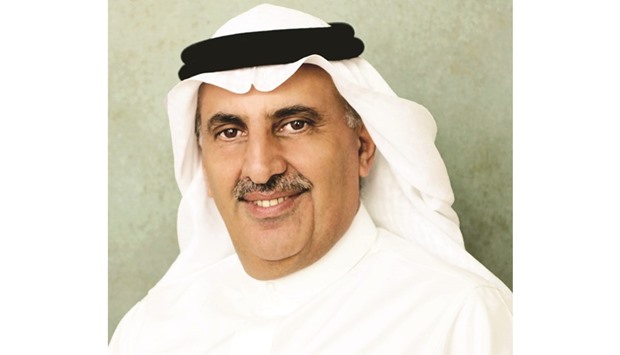Investments in research and development (R&D) in petrochemicals in the GCC region were estimated at $529mn in 2014, Gulf Petrochemicals and Chemicals Association (GPCA) data show.
This figure is a 40% increase from the $368mn spend in 2013 and is notable for being the highest increase in R&D for petrochemicals funding worldwide, GPCA said.
With research and development spend from the GCC’s petrochemical industry on the rise, the region must focus on collaborative innovation in order to survive, GPCA said.
“The GCC’s petrochemical industry continually looks at avenues for growth, whether it is capacity expansion or the improvement of products and procedures through impressive R&D funding,” said Dr Abdulwahab al-Sadoun, GPCA secretary-general.
“This is the testament to the ambitions of the industry as a sector that is consistently looking at new means towards sustainable growth,” he said.
Although R&D figures from the GCC account for only 1% of global chemicals R&D funding, it posted the highest R&D growth rate in 2014. The incremental investments primarily occurred in Saudi Arabia, wherein companies increased R&D investment by 45%.
“The region’s foremost petrochemical companies, including Sabic, Tasnee, Sipchem and Borouge, have invested heavily in creating dedicated R&D centers in the hopes of driving innovation. This is undoubtedly a positive development,” al-Sadoun said.
“However, producers should increase their focus on ‘Open Innovation’, which turns the traditional R&D concept on its head: instead of working in a closed lab, the research lab becomes the world and collaborates with outside entities, enabling companies to access external solutions, experiences and competencies relevant for delivering their innovation agenda.”
For petrochemical producers, the benefits of ‘Open Innovation’ include more than having access to external ideas and capabilities. Open Innovation also allows time-to-market and cost savings, sharing risk and avoids the creation of a tunnel vision arising from functional expertise.
Stakeholders involved in the Open Innovation process in the chemical industry are obviously customers and academia, but often also feedstock suppliers, machine manufacturers, R&D consultants and contractors, competitors and even the internal workforce that is not directly involved in R&D activities.
“Open Innovation does not put the onus of advancement on any single group or organisation. Innovation is the responsibility of the industry, academia and government,” said al-Sadoun.
“At the GPCA’s upcoming Research and Innovation conference, we hope to foster this exchange to ensure the continued competitiveness of this promising industry.”
The 3rd Research and Innovation Summit will focus on how global leaders work towards achieving and maintaining competitiveness, through insights from the chemicals industry, research and public sector. The conference will be held in Dubai early next month.

Al-Sadoun: Producers should increase their focus on ‘Open Innovation’.
